It’s all or nothing in Antarctica
Passengers become ‘expeditioners’ on this adventure – physically, intellectually and emotionally immersed in everything Antarctic.
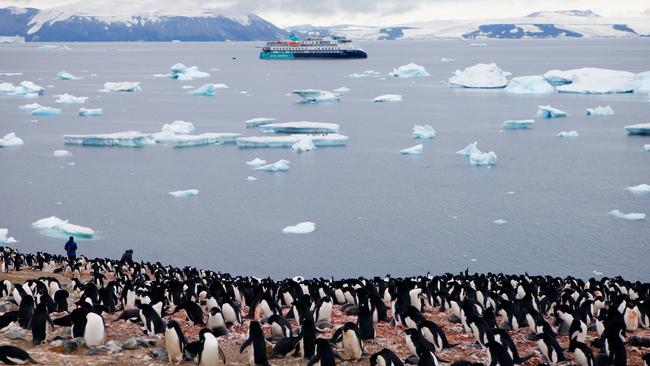
Our time as pop-up palaeontologists begins as we disembark our Zodiac on the beach at The Naze, an isthmus of bare rock on James Ross Island near the extreme tip of an extreme land: Antarctica. For a first landing off Sylvia Earle, a polar explorer purpose-built for Australian outfit Aurora Expeditions, it’s a surprise to hear we can, within reason, roam freely on this sparse landscape. This is not yet the Antarctica of thigh-deep snow, hanging glaciers and wall-to-wall penguins, and with only the occasional snoozing seal to steer clear of, we may wander at will.
Or we can follow Paulina Pierzak, our trip’s resident geologist, to go fossil hunting along the stony shore. This was a forest in the Cretaceous period, and we examine likely-looking rocks for signs of suspended life, be it wood, shells or shark teeth, which we’re allowed to present to Paulina. She inspects our finds, and even modest offerings elicit a smile and a fist-bump.

Then Bob, from Washington DC, produces an item as big as his hand. “It’s an ammonite,” declares a wide-eyed Paulina, gleefully cupping the fossil of a coiled cephalopod, an ocean-dwelling mollusc, and Bob beams as she snaps his find on her phone. That evening, at the recap of our day’s expeditioning, Paulina flashes up the shot of what is now declared to be gigantus ammonitus Bobo. That image is all that’s been collected because anything found must be left here, perhaps for the next ship to anchor at the top of the Weddell Sea. If they can get in.
Waiting for the weather
Antarctica has many stories of thwarted ambitions, mainly weather-induced, and a few days earlier an expectant 100-plus passengers are on tenterhooks in the southern Chilean city of Punta Arenas, hoping for clearer skies further south so our flight to King George Island can land the old-fashioned way, by the pilot being able to sight the gravel runway. In the end the delay is only several hours, and by early evening we’re in Zodiacs heading out to Sylvia Earle in the bay.

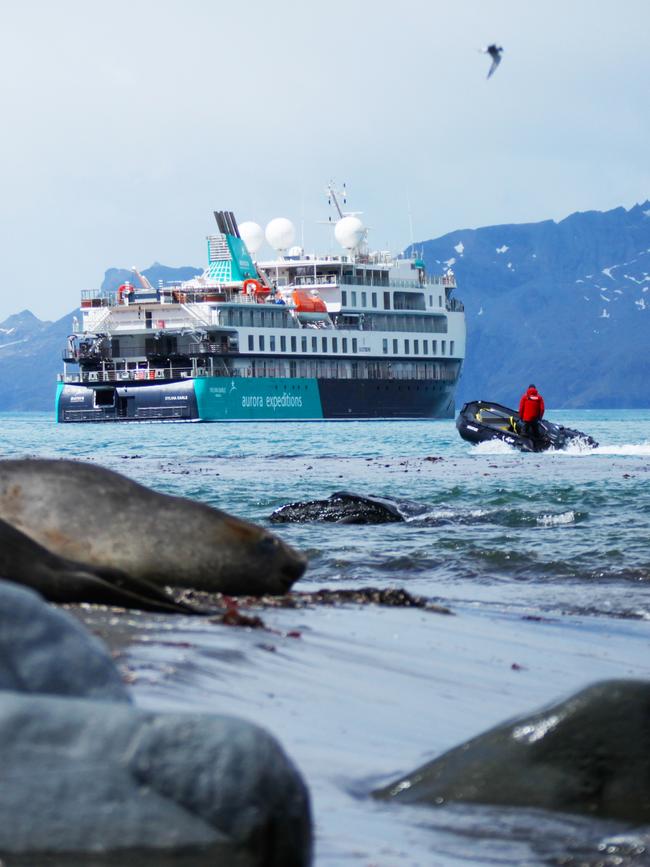
This weather window augurs well for Aurora’s 12-day Wild Antarctica itinerary, because we’re going into places veteran members of the expedition team have spent years waiting to visit. One is that old fossil factory The Naze, which expedition leader, marine biologist Roger Kirkwood, believes has the most amazing fossils discovered in Antarctica. It’s bookended by a landing later the same day at Snow Hill Island, which opens the door to the saga of Otto Nordenskjold.
A Swedish geologist, Otto embarked in 1901 on a quest during what on-board historian Jack Alscher calls “the heroic age of Antarctic exploration”. This incident-prone trip lasted two long winters, and its totem is the pre-fab hut on Snow Hill in which Otto and five companions survived. Jack, a 23-year-old Sydneysider who’s had more Antarctic trips than birthdays, tell us he’s “frothing to get there” as we Zodiac into another rocky beach where Nordenskjold’s Hut looks in rather good nick.
Otto’s team made the most of their unplanned second year here by scrounging for more rocks and specimens, because the first ship sent to collect them was crushed by sea ice and its crew also had to be rescued the following summer. Otto, intrepid adventurer to the end, did die with his boots on. Crossing a street in Gothenberg in 1928, he was hit by a bus.
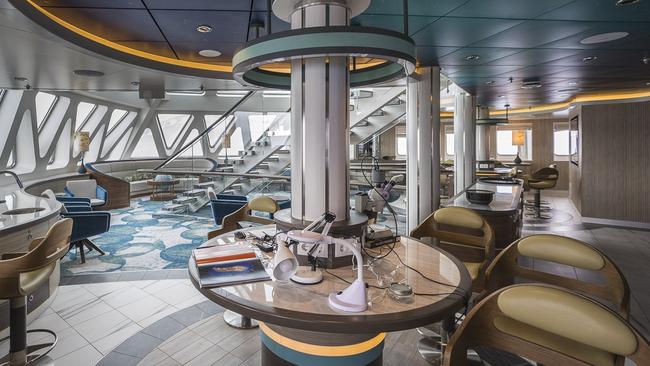
Citizen scientists
In the Weddell, nothing is guaranteed, hence the team’s delight every time we get somewhere on their bucket list. They include naturalists, marine biologists, kayak and snorkel guides and a photography tutor, all determined that we expeditioners – we’re no longer “passengers” – are physically, intellectually and emotionally immersed in everything Antarctic. That includes ground rules for landings, where nothing goes on the ground other than one’s boots, don’t shout (it startles the penguins) or smoke (it makes them sneeze). Social distancing applies around all wildlife. Upon our return to the ship, we must wade through a deep pink disinfectant similar in hue to the penguin guano that paints a high-viz contrast across the snowy slopes.
The team also guides us in user-friendly citizen science programs. Lead boffin Annette Scheffer says Antarctica is an expensive place to do research, and ships like ours help, gauging phytoplankton health via water clarity, testing water on beaches for micro-plastics, or uploading photographs to the Happywhale app.
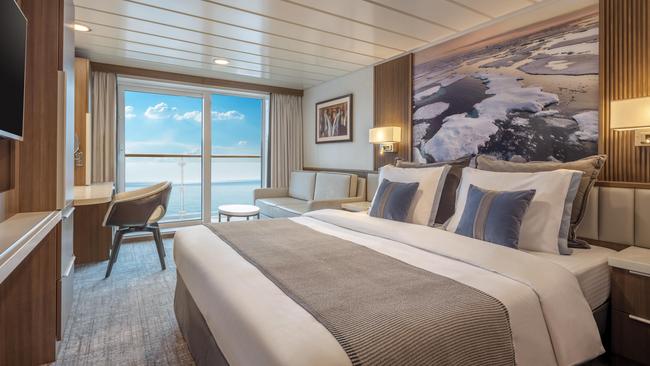
And we can cloud-gaze. NASA needs those down below to inspect the lower strata its satellites can’t, and several times Paulina takes us through the checklist: percentage of cover, opacity level and type. We take turns snapping them on her tablet and all data is instantly uploaded to NASA. Houston, we have a cumulus.
Life on the ship
Our ship is a revelation. Being an expedition vessel, I’m expecting some hard edges, but Sylvia is totally luxurious, even in the ratio of crew (84) plus expedition team (21) to expeditioners (106 on this sailing). This allows everyone to operate in unison and we fall into a lovely routine. Once the day’s exertions are over, there are cocktails at 6.30pm before a wrap of the day’s events in the lecture lounge at seven, and then dinner around 7.30, with excellent choices within a set menu augmented with included wines from all over the world.
The need to pivot in Antarctica is never clearer than on our first full day when there are too many Adelie penguins on Paulet Island for us to maintain landing protocols, hence we hover off the beach to observe this incredible mass; 60,000 breeding pairs is one estimate. Then we do a Zodiac tour of the iceberg-studded bay these hilarious birds treat as their private water park.
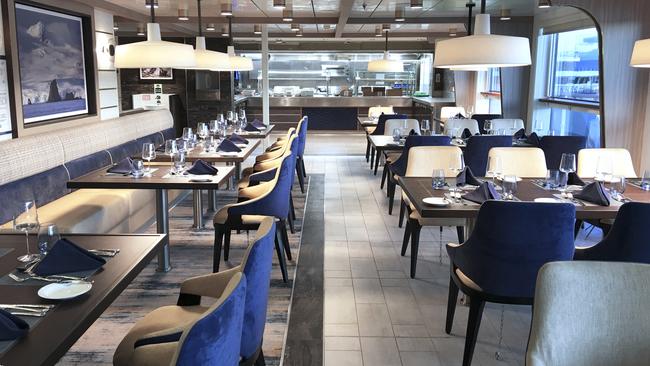
When we do manage a wildlife landing, it’s at a speck called Devil Island. The actions of the penguins tell Roger the colony has disbanded and we’re guided around them up to a saddle to take in the scene of Sylvia at anchor in a cove dotted with icy blue floes, kayakers on a circumnavigation of the island, and Zodiacs shadowing snorkellers close to shore. All the while, penguins parade and cavort, when not being chased by hungry chicks.
Zodiac outings
A storm is developing in the Weddell, so overnight we slip into the relative shelter of Bransfield Strait. There will be no more landings for 48 hours but that doesn’t preclude adventure. At another outcrop, Spert Island, we’re given full disclosure about a Zodiac option into a rough and tumble bay of volcanic rock pillars and arches through which the ocean explodes. Our squadron scoots along on the ride of our lives, finishing with a spurt across a swathe of brash ice – imagine cruising through a lemonade Slurpee.
For spectacle, nothing surpasses narrow Neumayer Channel, which we navigate on a dawn zig-zag. It’s our first dose of sunshine, which is welcome for a morning of trekking through the powdery snow at Damoy Point to visit a colony of gentoo penguins, who’ve grabbed the most scenic hilltops for their rookeries. Over lunch, Sylvia moves around to Port Lockroy, an outpost staffed by four women from the UK Antarctic Heritage Trust. From a 1944-vintage hut, they run a museum, shop and post office that turns over £1 million ($2m) a year. Gentoos are everywhere, even nesting beneath the hut, “but they’re the best neighbours”, says one of the staff who, after several months, no longer notices the smell.
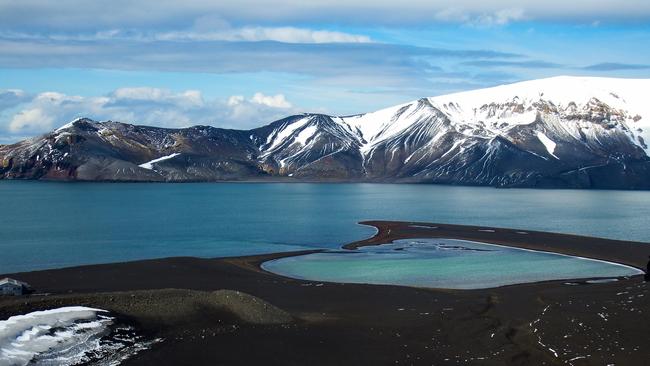
Antarctic landing
Until now we’ve been flirting with Antarctica, but our seventh sea day promises what for many is a first: landing on the actual continent, in Recess Cove. The pole, we’re told, is now just a 2500km walk away, yet we’re restricted to a small promontory, thanks to any route inland being blocked by a swooping skua defending its nest. This day also brings our best whale encounter, when southern rights breach off the starboard side, gorging on masses of krill. Hearing their call loud and clear is a magical moment. As is the next morning, as Sylvia sails into Deception Island. Yes, into. This is an active volcano, and the breach in its crater grants us passage to Whalers Bay. It’s a ghost town, the abandoned buildings, oil tanks, boats plus a few graves sinking into the scree. Paulina reveals eruptions can be expected roughly every 50 years. The last one was 1970, which gives us pause for mathematical reflection. “Don’t worry,” she says. “I don’t have that much luck.”
Before leaving home, at a lunar new year wishing tree in Melbourne’s Chinese Museum, I’d requested a quiet crossing of the notoriously nasty Drake Passage towards journey’s end in Ushuaia, Argentina. And lo, each morning we wake to a brilliant sky and a gentle swell. Roger reckons it’s the smoothest crossing he’s had in 23 years, although I don’t confound this man of science with the reason why.
Tied up in Ushuaia alongside some hulking cruisers, Sylvia Earle’s diminutive pose tells a story. Antarctic regulations dictate no ship with more than 500 passengers is permitted landings, which anyway are capped at 100 people at a time. Subtract a few late sleepers and everybody on Sylvia Earle goes ashore when they want. Who says size doesn’t matter?
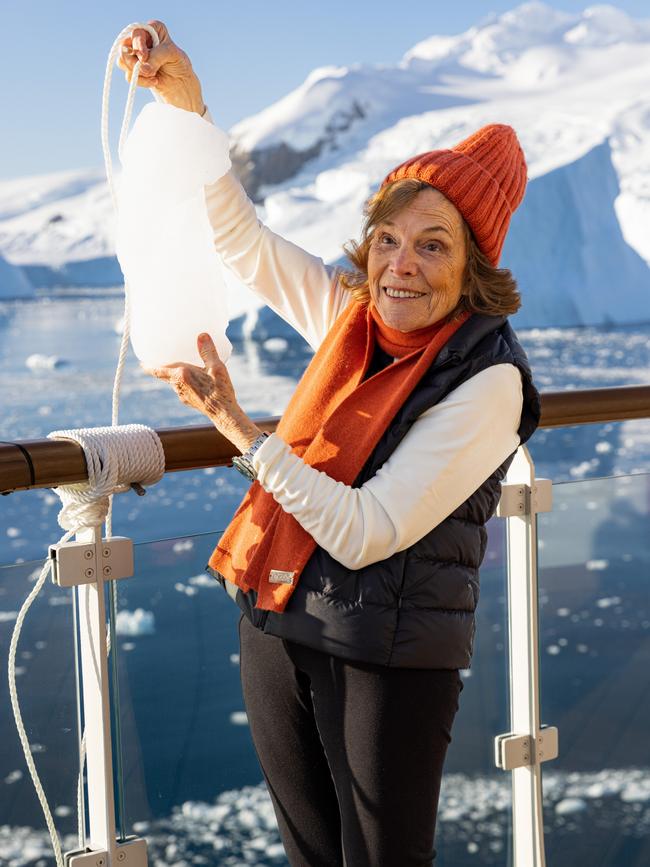
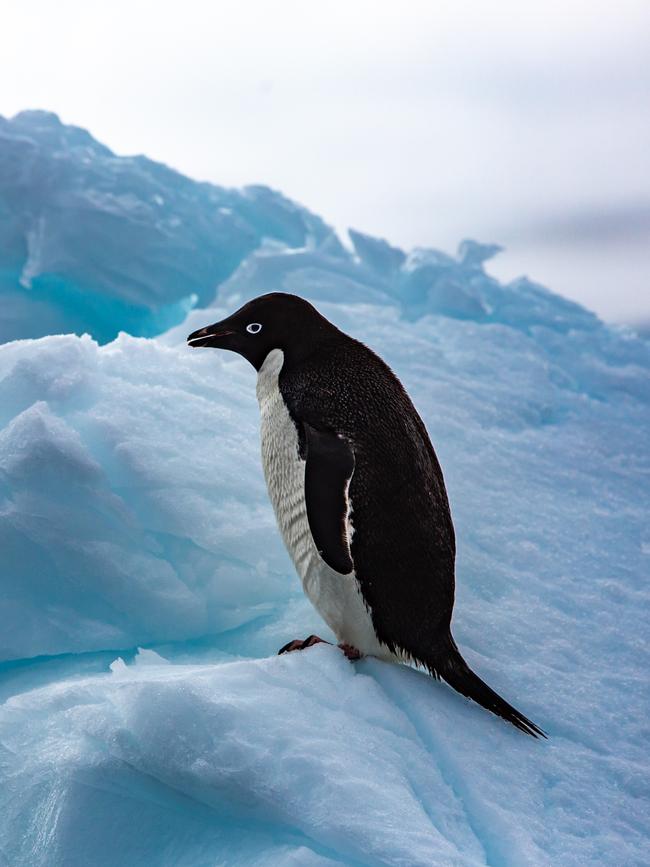
Who is Syliva Earle?
Sylvia Earle, launched in December 2022 is an almost identical sister ship to Greg Mortimer, Aurora’s other purpose-built polar vessel. Both feature the revolutionary Ulstein X-BOW, designed for smoother sailing and faster crossings in rough waters. Sylvia’s 132 berths are contained in five suites and 65 cabins, including two accessible cabins. There are two restaurants, three bars, an observation lounge and deck, a plunge pool, two Jacuzzis and a gym plus a comfortable library heavy on polar wildlife, science and exploration titles.
Who is Sylvia Earle? Regarded as the mother of the world’s oceans, she’s an oceanographer, explorer and thought leader referred to by the environmental movement that has lauded her with more than 100 honours as “Her Deepness”. She sailed to Antarctica on her namesake in February last year, christening it in the time-honoured manner with a block of polar ice.
In the know
Aurora’s 2024-25 Antarctic program on its two ships ranges from nine or 10-day sailings to longer experiences of up to three weeks that also include the Falklands and South Georgia. Most itineraries start and finish in the Argentinian port of Ushuaia, although some involve the King George Island flight connection with Punta Arenas in Chile, a country for which Australians currently require a visa that should be organised with plenty of notice. There are savings of 20 per cent on the March 6-17, 2025, Wild Antarctica voyage from $US11,756 a person, twin-share. LATAM Airlines flies from Sydney to Santiago, Chile, via Auckland.
Jeremy Bourke was a guest of Aurora Expeditions.
FOR MORE STORIES ON CRUISING, CLICK HERE



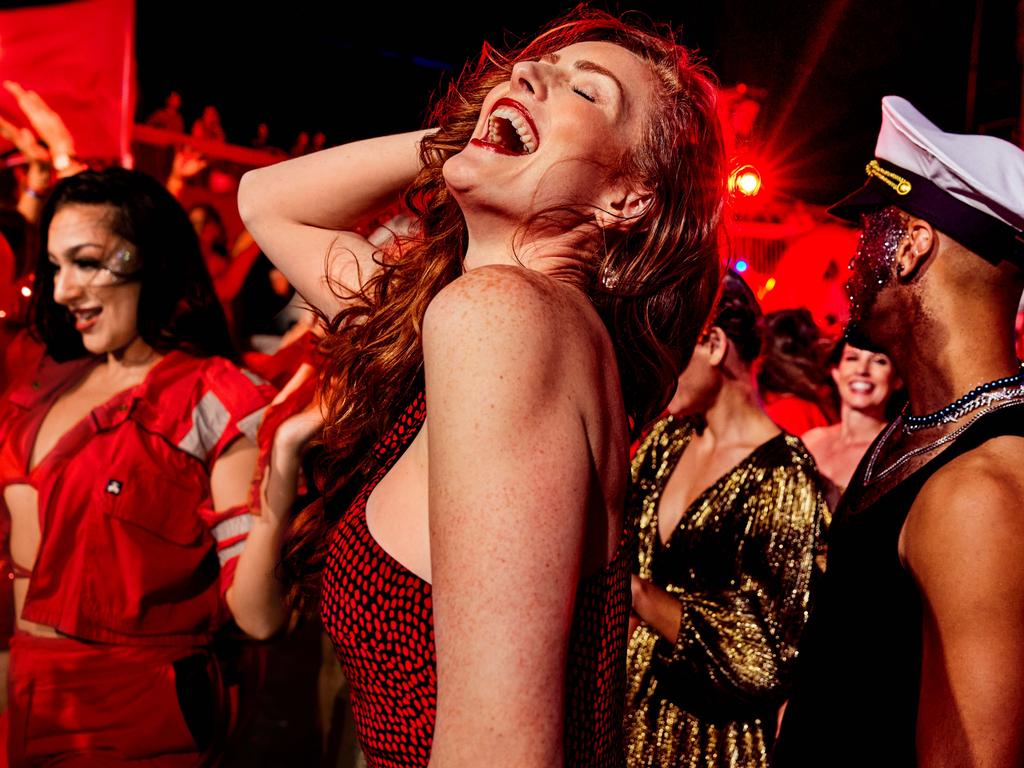

To join the conversation, please log in. Don't have an account? Register
Join the conversation, you are commenting as Logout